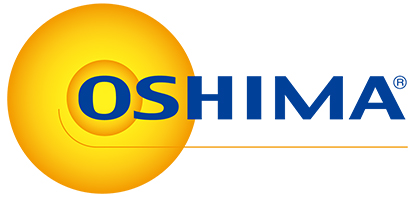Making shoes is a complicated art that combines old and new techniques. In today's competitive global market, company must use every advantage to distinguish out. Automation in shoemaking means not just an increase in efficiency, but also a transformation of the entire production process. This article digs into the machines used in shoemaking, demonstrating how automation not only improves output but also puts producers on the route to success.
Embracing Automation in Shoemaking
-
The Foundation: Fabric Spreading Machines
Fabric spreading, the act of laying out fabric in smooth, wrinkle-free layers, is the critical first step in shoemaking. Traditionally labor-intensive, this process is now streamlined by heavy-duty industrial spreading machines. Capable of spreading up to 200 layers at once, these machines drastically reduce manual labor, minimize injury risk, and set the stage for a seamless production process.
-
Precision Cutting with Advanced Machines
Following the initial setup, precise cutting is crucial. Cutting machines, guided by detailed patterns, ensure that each piece of fabric is perfectly shaped according to the shoe design. This not only streamlines the assembly line but also ensures consistency across products, a hallmark of quality in today's market.
-
Stitching and Fusing: The Automation Advantage
Shoemaking involves assembling around 30 individual parts—a process traditionally done by hand. However, with the advent of industrial stitching and fusing machines, manufacturers can now automate this step. These machines significantly reduce the need for skilled labor, eliminating human error and enhancing production efficiency.
-
Ensuring Quality: Needle Detector Machines
Quality control is paramount in shoemaking. Industrial needle detectors play a crucial role by identifying and removing products that contain metal debris, thus preventing potential harm to consumers and safeguarding the manufacturer's reputation.
The Benefits of Shoemaking Automation
Automation in shoemaking is not merely about adopting new machines; it's about reimagining production to achieve unparalleled efficiency and quality. Let's explore the transformative benefits of automation:
Increased Production Speed and Volume: Automation allows for the rapid production of shoes, meeting market demand and enabling manufacturers to handle larger orders with ease.
Enhanced Safety: By reducing manual labor, automation diminishes the risk of workplace injuries, contributing to a safer and more sustainable production environment.
Improved Product Quality: Automated machines are calibrated for precision, ensuring that each shoe is produced to the highest standards, thereby bolstering customer trust and satisfaction.
Cost Efficiency: While the initial investment in automation may be significant, the long-term savings in labor costs, reduced error rates, and increased production capacity make it a financially sound decision.
Conclusion
The change to automated shoemaking is more than a trend; it is a strategic step toward sustainability, efficiency, and quality. Machines that were once found in garment factories are now critical to the progress of shoemaking, allowing producers to meet the requirements of a demanding market.
For shoe manufacturers looking to stay competitive, embracing automation is more than a choice; it's a requirement. Contact us today to explore how our extensive selection of machines can transform your shoemaking process.
Referenceshttps://italianshoefactory.com/shoemaking-process/
https://theshoeindustry.weebly.com/manufacturing-process.html
https://www.sneakerfactory.net/2016/03/shoe-making-process/
https://luxcreo.com/how-to-automate-footwear-manufacturing-lc/
https://www.satra.com/bulletin/article.php?id=2914
https://old-sole.com/blogs/news/how-long-does-it-take-to-have-a-pair-of-bespoke-shoes-made
https://www.shoepassion.com/shoe-encyclopaedia/shoe-construction/
https://www.textileschool.com/336/spreading-layering-the-fabrics/




